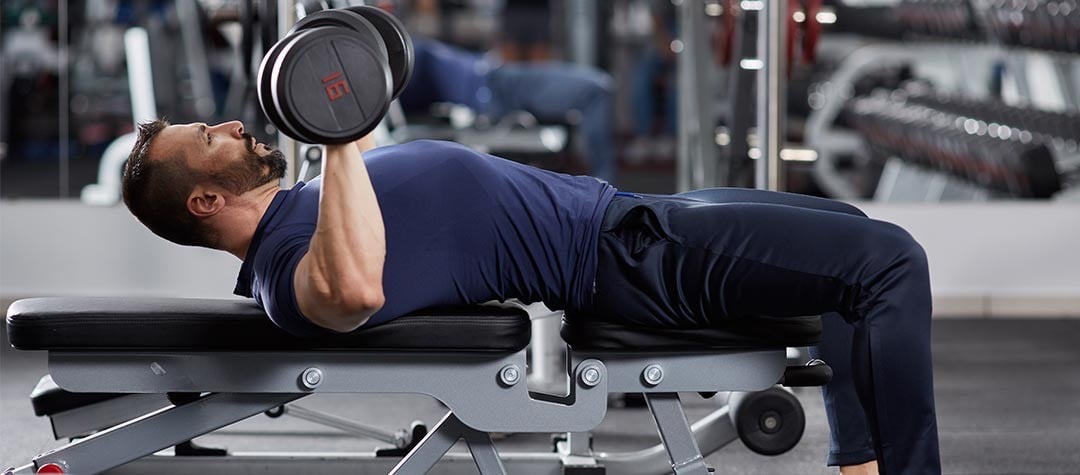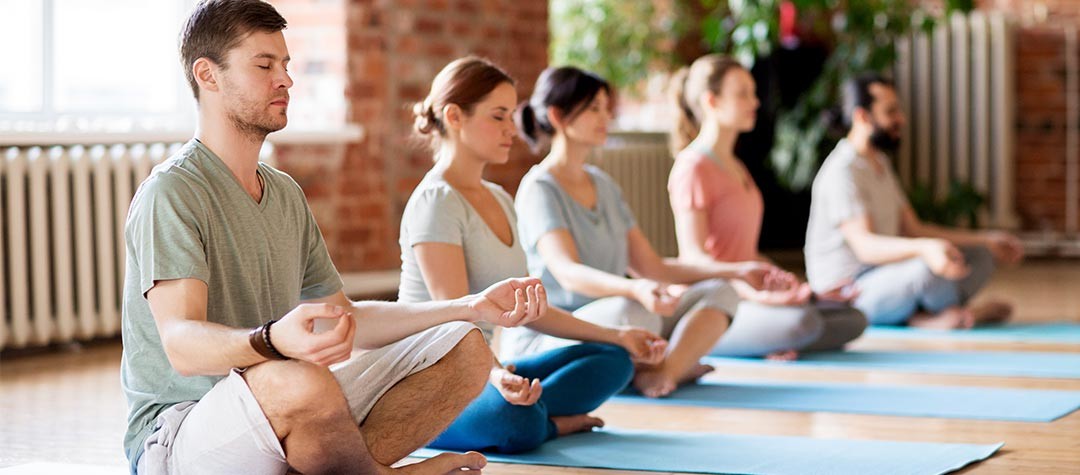We may be fascinated by the mysterious grace of the person practicing Tai Chi in the park, but what are they really doing? Find out the foundations of Tai Chi and discover whether it could be for you.
What is Tai Chi?
Tai Chi is a martial art and a sophisticated tool for physical, emotional, mental and spiritual ‘development’ and health. Originating in China, Tai Chi is now practiced all over the world. Tai Chi appears from the outside as just a flowing succession of slow, graceful, exotic movements. However, within that movement is a whole profound system of understanding of the energies of body, mind and spirit. The form we see is a way skilfully designed to take the practitioner into a deeper and deeper experience of harmony in the energy structure of their own being. Tai Chi teaches yielding softness on the outside, strength and clarity on the inside. The Tai Chi forms and fundamentals contain discipline, healing and meditation, which can then have a powerful effect on the whole way a person lives their life.
What are the foundations of the Tai Chi forms?
Tai Chi is rooted in the ancient Chinese wisdom of Taoism, and works with the energy system of the body as understood in traditional Chinese medicine. The movements open up the flow of energies in the channels or meridians which the ancient Chinese discovered running from the tips of our fingers, deep into the inner organs, to the tips of our toes. These are the meridians on which the points used in acupuncture or shiatsu are located. The movements of Tai Chi also have an imaginative content which can connect our physical body with a growing emotional intelligence and it is said, through many years of practice, the master of Tai Chi may open up to spiritual wisdom.
Many of the names themselves of Tai Chi fundamental exercises and movements have a poetic quality, evoking particular qualities of nature and certain animals and their ways. For example: ‘cloud hands’, ‘white crane spreads its wings’, ‘embrace tiger and return to mountain’, and ‘wild horse pats its mane’. The poetic and practical wisdom of Tai Chi is to be found in Taoism, the ancient spiritual tradition of China.
Learning Tai Chi
Tai Chi is best learned from an experienced practitioner. Though reading can be very inspiring, to try to learn from a book alone will probably be frustrating to the point of putting you off completely. Also, in the beginning, even looking at pictures to try to jog your memory of what you have learned from a teacher can be quite tricky.However, with a good teacher and with practice, your body begins to remember the movements instead of your head.
There will probably be a class you can find out about near you, in a community or leisure centre, adult education center or perhaps a group that meets to practice in a local park. Really the only way to find out if a class will be good for you is to go and try it for yourself.
There are different schools of Tai Chi and different forms. It’s best to stick with one that you feel good about and take it from there. We recommend being patient if at first progress seems slow. Getting the basics is really important and a good teacher will want you to get a real sense of foundations, rather that quickly being able to perform the outer actions of a form.
Author and teacher, Wee Kee-Jin has some wise words on choosing teachers. He says we should not be swayed if a teacher makes claims of being in the family or lineage of some famous Tai Chi master: a person does not necessarily achieve the level of their teacher or relative. Also, good teachers are not all Chinese, some westerners have a deep understanding of Tai Chi principles.
Wee Kee-Jin suggests the following as the qualities of a good teacher:
-
Has a deep understanding of the Tai Chi principles and the ability to apply them practically
-
Continues with their own practice of Tai Chi
-
Is willing to impart their full knowledge to their students, recognizing that they do not own that knowledge which they impart but that they stand alongside their students as fellow students of Tai Chi
-
Does not mystify Tai Chi into something ungraspable for the student or make him/herself into a guru figure
-
A teacher is truly successful when the students surpass them: then the teacher has truly opened the door and the student has walked through it
And now the qualities for a good student...
As a tree grows slowly, so also the practice of Tai Chi takes time, perseverance and discipline. One longstanding practitioner told the story of his first meeting with a Tai Chi master in a little place in Soho, London, in 1978. For the first six weeks or so the master apparently taught the new students ‘nothing’ of Tai Chi, but had them do acts of service like cleaning the toilets or sitting on the reception desk. Their humility and seriousness of intention to learn was tested before they were introduced to particular movements, just like Daniel washing car windows in ‘The Karate Kid’. This will probably not be quite your experience if you join a local class these days, but the principles of humility, service and patience are worth bearing in mind.
Wee Kee-Jin quotes his teacher Huang Sheng-Shyan as saying:
‘You go over thousands of mountains in search of a good teacher,’ and also, ‘You go through tens of thousands of oceans in search of a dedicated student’.
He writes, “Learning is eating, practicing is digesting” and recognises that unfortunately modern culture influences many students to want to learn everything very fast and to expect to become good without practicing much. Initially it takes discipline to practice, but later, perhaps as you begin to see how you are benefiting from Tai Chi, enjoyment makes you want to train.














